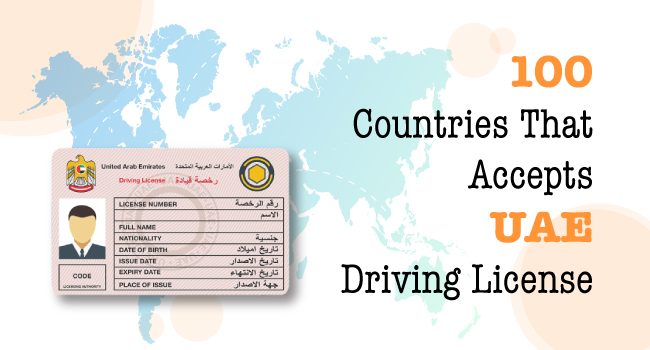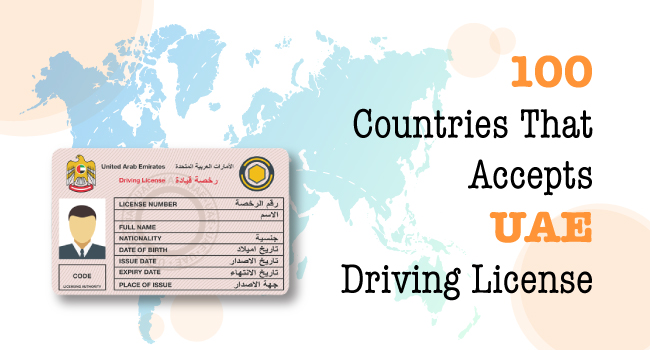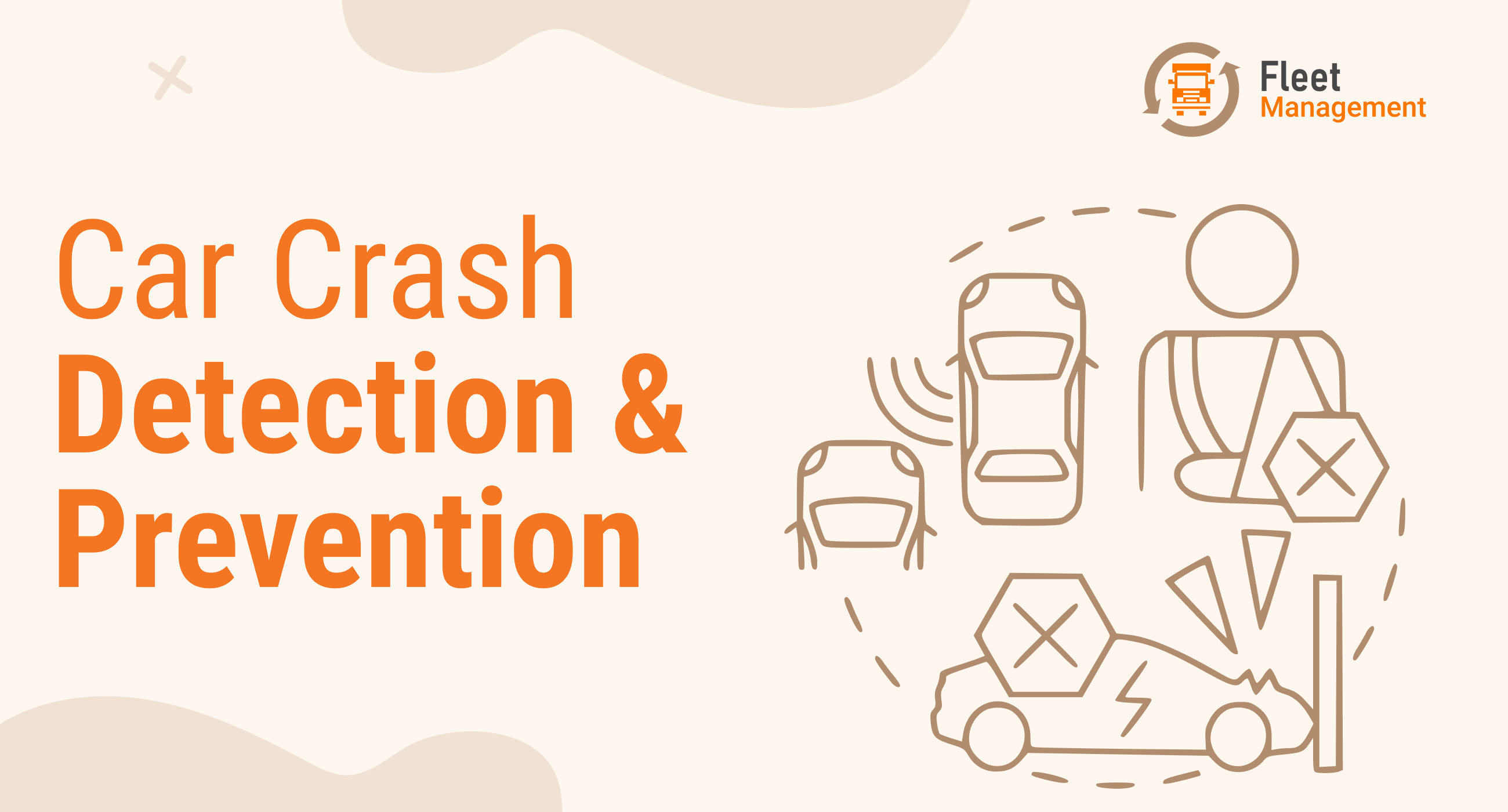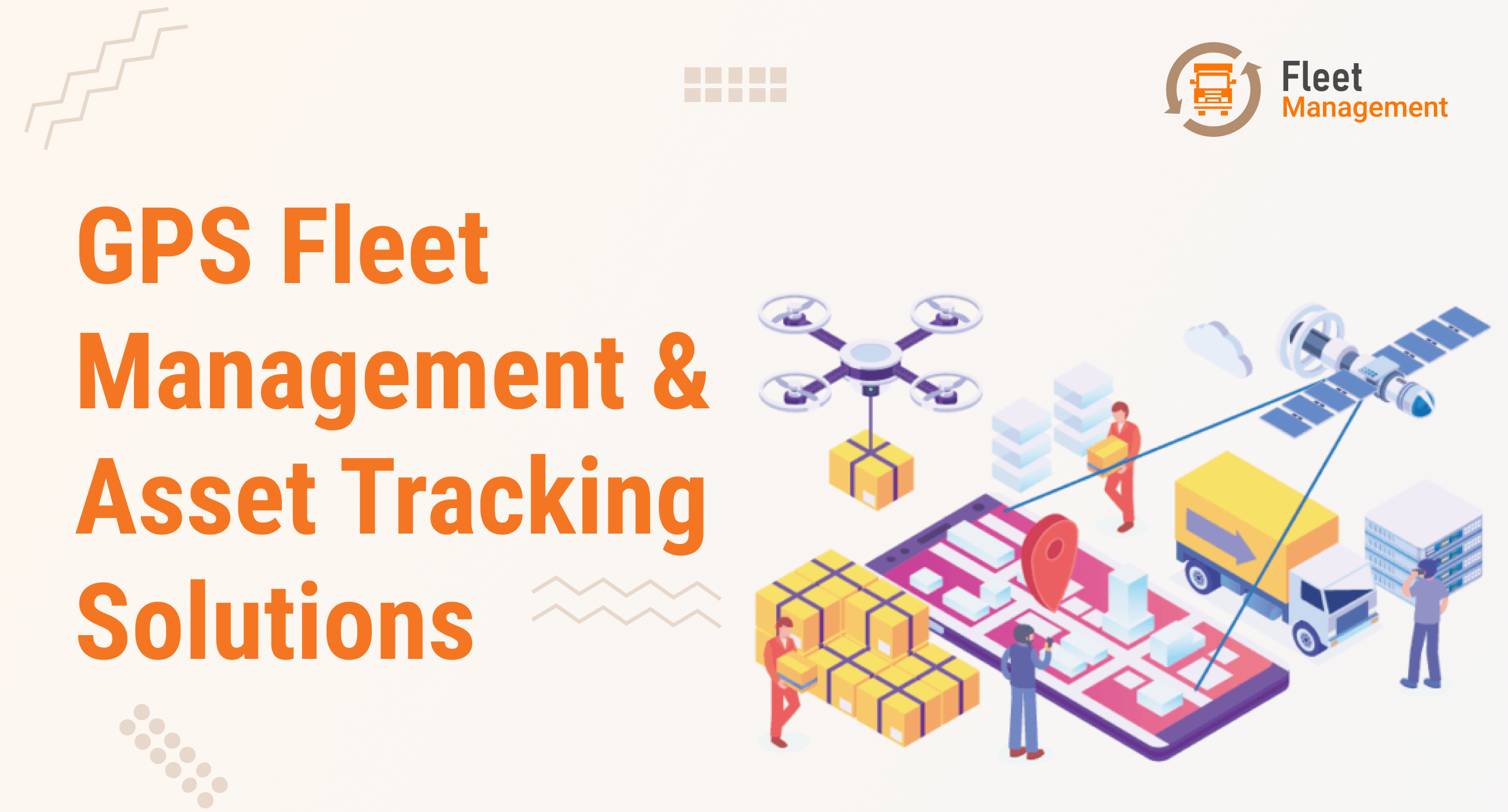Our Blogs
 Fleet Management()
Fleet Management() Car Rental Software()
Car Rental Software() Fleet Drivers()
Fleet Drivers() Infographics(0)
Infographics(0) News(0)
News(0)
Service We Offer
Follow Us
Singapore Is Generating Energy From Waste – Know-How
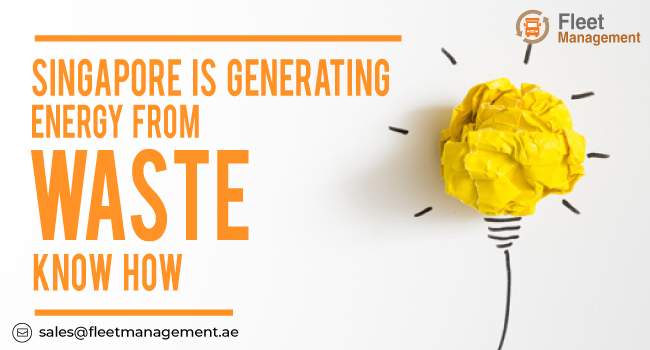
A highly advanced industrialized country which has been exporting more than 40,000 tonnes of waste turned to dispose of it by themselves and generating power from it.
Read Also: Upto Dh3000 Fine Awaiting Unclean Vehicles In UAE!
Ever wonder how it is possible, let’s check the waste management secret of Singapore.
Old waste management model
Once Singapore has grappled to escape from the waste accumulation each day. The limited land area is too precious to lend out as garbage fills.
This island nation relied much on exporting waste in bulk to other countries especially to china.
The recent changes in garbage import policies of other countries forced them to find self-reliant solutions to mitigate this dilemma.
The exponential growth of the population also stood as a thumping-challenge in waste management. Hence they found a successful solution to mitigate 90% of their waste management deadlocks.
Employing heavy- incinerators to burn tonnes of waste they are not just disposing waste but also generating electricity. However, their innovative prospects in waste management are not limited to this waste-to-energy model.
Reducing the production of waste is what they aim at in the long run. And they are in the move to control the growth of garbage production and trying to formulate sustainable resolutions.
Waste to Energy Model

The thousands of tonnes of municipal solid waste produced each day is powering up Singapore today. About 2% of their electric power was generating by burning garbage every day.
They attained this energy-efficient waste management model through incineration of refuses.
The daily collection vehicle gathers tonnes of mixed waste from across the country. It further classified into reusable, recyclable and others. After segregating the 3Rs (reduce, reuse and recycle), the remaining combustible waste will be secluded for incineration.
The incineration plants are huge enough to consume tonnes of waste at a time.
Burning the waste in the incinerators between 850 to 1000 degree Celsius produces enormous heat. This consuming heat generates superheated steam in the boiler to drive the turbo-generators.
Thus, the generators produce electricity and power up different sectors across Singapore.
The pollutants spew out from the plants are thick fumes and toxic ash. In order to curb its adverse effects, it has been passing through several filtration processes.
Over each process, the toxicity of the fumes would be brought down and pumps-out harmless smoke to the atmosphere.
Likewise, the ash segregating at the end of the incineration would process for removing the metal particles. Further, the residues will send for construction purpose or to the landfills.
How Waste to Energy model is better than other paradigms?
In several ways, Waste to Energy model is becoming far better than conventional waste management practices. Despite the energy efficiency of this mode of waste management Waste to Energy model helps to reduce environmental pollution in large scale.
Read Also: Top 10 Taxi Meters
Comparing to the immense toxic gases generating from the municipal solid waste landfills, this waste management model helps to reduce such massive release of hazardous gases to our ecosystem.
The uncontrolled rise in the production of carbon dioxide from such landfills can be brought down systematically.
Benefits of Waste to Energy waste management practice

By encouraging Waste to Energy pattern of waste management practice this country became a synonymous name in implementing a successful waste management model across the planet.
The benefits of this mode of waste management are too big to ignore
- Reduce the quantity of waste accumulation.
- Save a wide range of land area from pollution.
- Decrease the amount of pollution in all sectors.
- Generate excess power from waste.
- Reduce everyday transportation of waste.
- Maintain a clean environment and health.
- Limit the production of methane gas.
- Eliminate the growth of contagious diseases.
- Surpass the challenges of weather in waste management.
- Better recycling and reuse practice.
- Automated operation and hassle-free supervision are possible.
Whereas, there is a couple of disadvantage in this waste management model. As far as we cannot find a sustainable solution to mitigate the generation and elimination of waste we have to bear the consequence in diverse means. The persisting disadvantages are:
- Air pollution will spike enormously if failed to filter the toxic fumes.
- The solid waste ash-producing as the bi-product can be a threat to the environment.
- Exuberantly expensive to install an incinerator plant.
- Not a sustainable solution for long term waste disposal.
Conclusion:
Waste to energy is an increasingly effective practice that has been proven as a successful move for mitigating solid waste accumulation.
Read Also: New Vehicle Inspection Technologies In UAE
Singapore has made it evident that countries like them can take this paradigm to mitigate waste management challenges.
However, though this way of waste management is much beneficial and rewarding, it has several drawbacks.
Hence, nations are continually striving to formulate a sustainable waste management solution which can cause no harm to nature.



